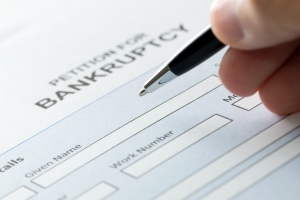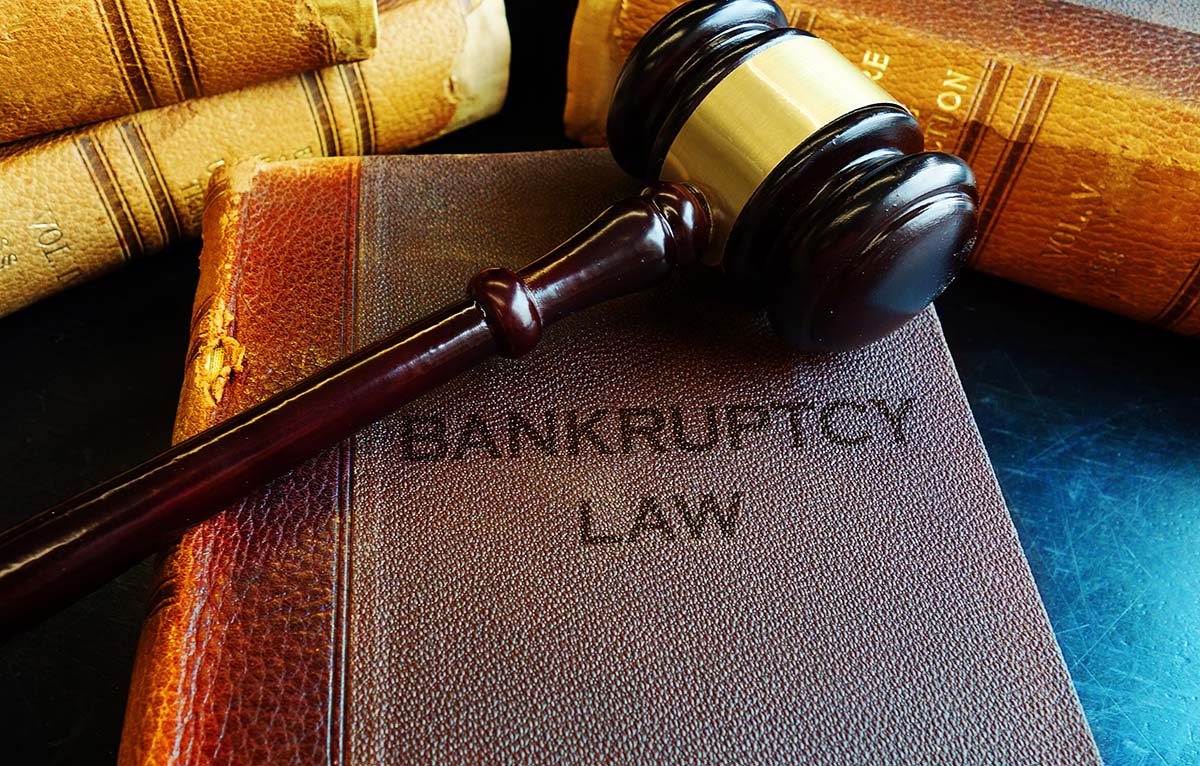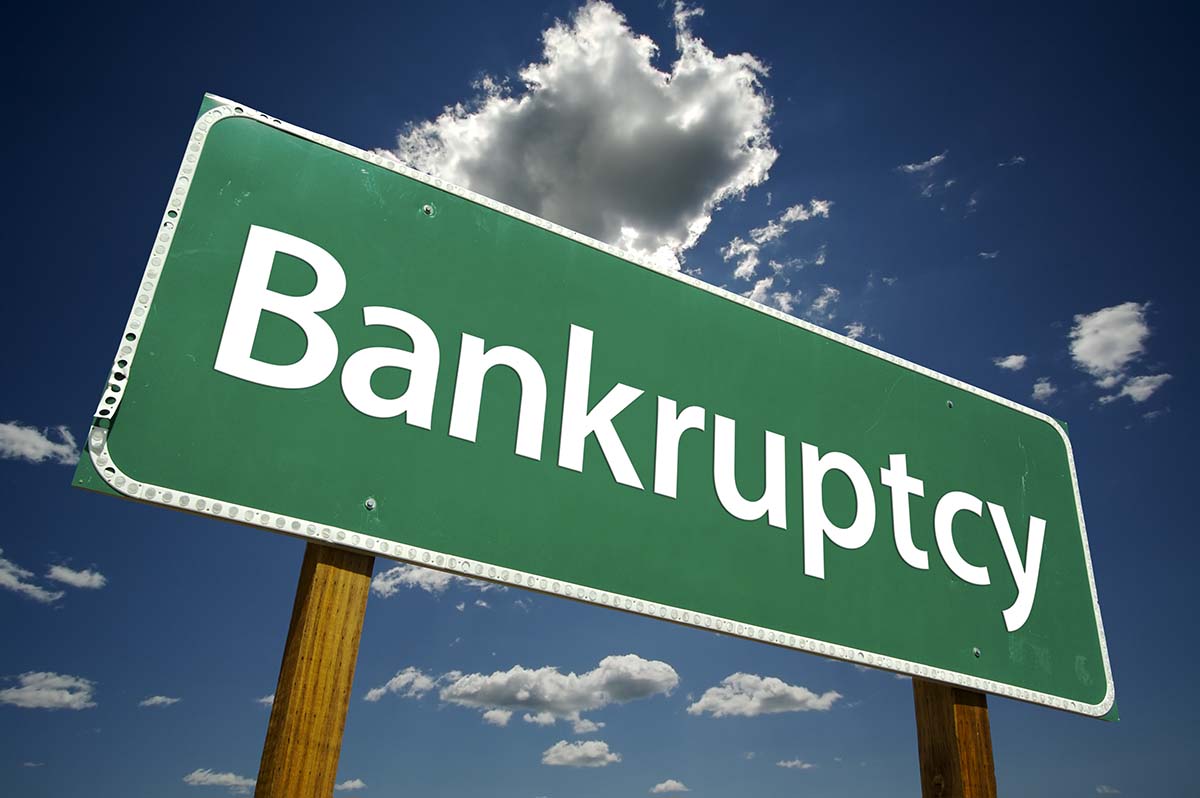How Many Times Can You File Bankruptcy?
Is there a limit to the number of times you could do a bankruptcy filing in Arizona? Economic and financial difficulties could arise multiple times, necessitating adequate measures. Often, bankruptcy will be the only way to deal with unsurmountable debt. So, how many times can you file bankruptcy? Arizona bankruptcy laws suggest that filing more than once is possible, as long as certain conditions are being met.
Bankruptcy Filing Regulations in Arizona
Arizona residents are permitted to legally do a Chapter 7 filing every eight years, if a previous bankruptcy discharge was successful and if they pass the means test.
This means there are no restrictions pertaining to the number of bankruptcy filings in a lifetime. As long as you satisfy the conditions set by the court, you are free to attempt getting a discharge.
If you can’t pass the means test, you can do a Chapter 13 filing after your previous Chapter 7 bankruptcy discharge. The waiting period in this case will be only four years. Unlike a Chapter 7, however, a Chapter 13 bankruptcy offers debt restructuring. There will be a repayment plan you need to satisfy for a period ranging between three to five years. Upon the completion of the plan, the remaining portion of debt will be discharged.
When it comes to filing after a Chapter 13 bankruptcy, you can do another Chapter 13 filing within two years. Making the switch from Chapter 13 to Chapter 7 will typically come with a six-year waiting period.
Thus, the amount of time you will have to wait before doing another bankruptcy filing depends on:
- What type of previous filing you’ve done
- Whether you’ve gotten a discharge
- Whether you can pass the Arizona means test (if you can’t, a Chapter 7 filing will be out of the question)
Whenever a previous bankruptcy filing has not resulted in a discharge, you will typically be provided with the opportunity to file again without having to wait. The actions to undertake will depend mostly on the reason for the discharge denial the first time around.
It’s also important to keep in mind that if you have received a denial the first time around, it may be impossible to discharge the debts from your first bankruptcy case. In such instances, doing a second filing within a very short period of time isn’t going to make a lot of sense.
Should You Push for Debt Discharge?
While multiple Chapter 7 bankruptcies may seem like the best option when it comes to getting debt under control, this isn’t necessarily the case for everyone. How many times can you file bankruptcy without facing consequences? Some asset liquidation will occur to pay off debt. In addition, your financial record will be affected negatively. While multiple filings may be the easier way out at the time being, you will also have to consider the long-term implications.
 Chapter 13 bankruptcies will remain on your credit report for a period of 10 years, as well. On the other hand, there will be no property liquidation. In addition, missed debt payments, foreclosures and repossessions could have a much more detrimental effect on your credit. If you could afford making the necessary payments, Chapter 13 bankruptcy would be a viable option to consider.
Chapter 13 bankruptcies will remain on your credit report for a period of 10 years, as well. On the other hand, there will be no property liquidation. In addition, missed debt payments, foreclosures and repossessions could have a much more detrimental effect on your credit. If you could afford making the necessary payments, Chapter 13 bankruptcy would be a viable option to consider.
An Arizona bankruptcy attorney will also let you know whether you could do anything to handle the situation without declaring bankruptcy. Negotiating debt repayment with your creditors could eventually lead to some leniency and more favorable conditions. In this case, you will manage to get debt under control without suffering the negative consequences of multiple bankruptcies.
Multiple filings could lead to a downward spiral, which is why you shouldn’t automatically opt for this possibility. Consider the pros and the cons, talk to an attorney. Equipped with all of this information, you can make a better decision about the future.





